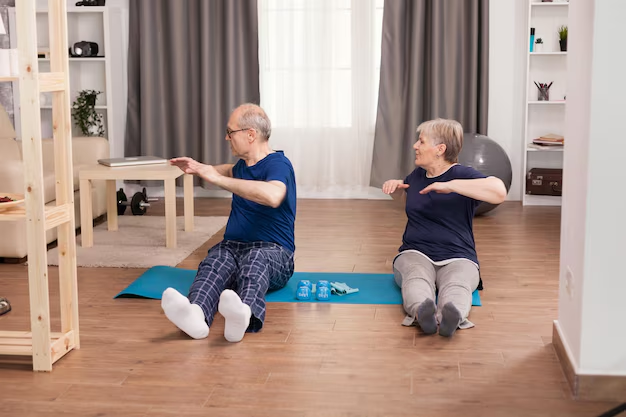Discover the Top Exercises to Benefit Those with Parkinson’s Disease
Living with Parkinson’s disease can be challenging, but exercise stands as a powerful ally. While it isn’t a cure, physical activity helps enhance mobility, improve mood, and increase overall quality of life. If you're navigating the complexities of Parkinson’s, knowing which exercises offer the most benefit can be empowering.
Understanding Parkinson’s and the Role of Exercise
Parkinson’s disease manifests as a progressive neurological condition, characterized by symptoms such as tremors, stiffness, and balance difficulties. Engaging in regular exercise can help reduce these symptoms, enhance motor functions, and promote independence.
Effective Exercises for Parkinson’s Disease
Aerobic Activities: These include walking, cycling, and swimming. Aerobic exercises improve cardiovascular health and can help reduce bradykinesia, a common Parkinson’s symptom that causes slowed movement.
Strength Training: Utilizing resistance bands or weights can help counteract muscle rigidity commonly associated with Parkinson’s, enhancing limb strength and stability.
Flexibility and Stretching: Yoga and tai chi are excellent for maintaining flexibility and balance. These exercises not only improve muscle strength and mobility but also have been shown to decrease the risk of falls.
Balance and Coordination: Paddle sports, dancing, and dedicated balance exercises offer a fun way to bolster coordination and minimize the risk of falls.
Dance: Engaging in dance classes, especially those focused on improvisational movement, can improve overall balance and gait while also providing a social and emotional outlet.
Making Exercise a Part of Your Lifestyle
Embarking on an exercise regimen might feel daunting, but starting slow and building gradually is key. Incorporating a mix of exercises that address different aspects of physical wellness can lead to the best outcomes. It’s crucial to choose activities you enjoy, as this will make it easier to stick with them over time.
Beyond Exercise: Exploring Useful Resources
Coping with Parkinson’s often extends beyond the physical layer, touching financial and educational aspects of life. Fortunately, government aid programs and other resources can offer needed relief.
- Government Assistance Programs: Programs like SSDI (Social Security Disability Insurance) can offer financial aid to those unable to work due to their condition.
- Nonprofit Organizations: Groups like the Parkinson’s Foundation provide free educational resources and support networks.
- Healthcare Access: Medicare and Medicaid can assist with medical expenses, which serve as a critical support for those requiring medication and treatment.
Financial Support and Educational Opportunities
Discover resources that might ease financial concerns related to Parkinson’s treatment and care:
- 💸 Disability Benefits: Explore how SSDI can provide crucial financial assistance.
- 🎓 Educational Grants: Look into specific grants or scholarships designed for individuals pursuing education or retraining due to disability.
- 💳 Credit Counseling Services: Financial advisors can offer guidance on managing debt and making strategic financial decisions.
- 🏥 Medication Assistance Programs: Many foundations offer reduced prices or free medication for those who need help affording their prescriptions.
Harnessing the power of exercise, coupled with tapping into available resources, can significantly enhance living with Parkinson’s. It’s about creating a life enriched by community, activity, and informed support, empowering you to navigate challenges with strength and resilience.

Related Topics
- Are There Environmental Causes Of Parkinsons
- Can Alcohol Cause Parkinson's
- Can Concussions Cause Parkinson's
- Can Concussions Cause Parkinson's Disease
- Can Dogs Get Parkinson's Disease
- Can Dogs Get Parkinsons
- Can Dogs Have Parkinson's
- Can Dogs Have Parkinson's Disease
- Can Females Get Parkinson Disease
- Can Head Trauma Cause Parkinson's